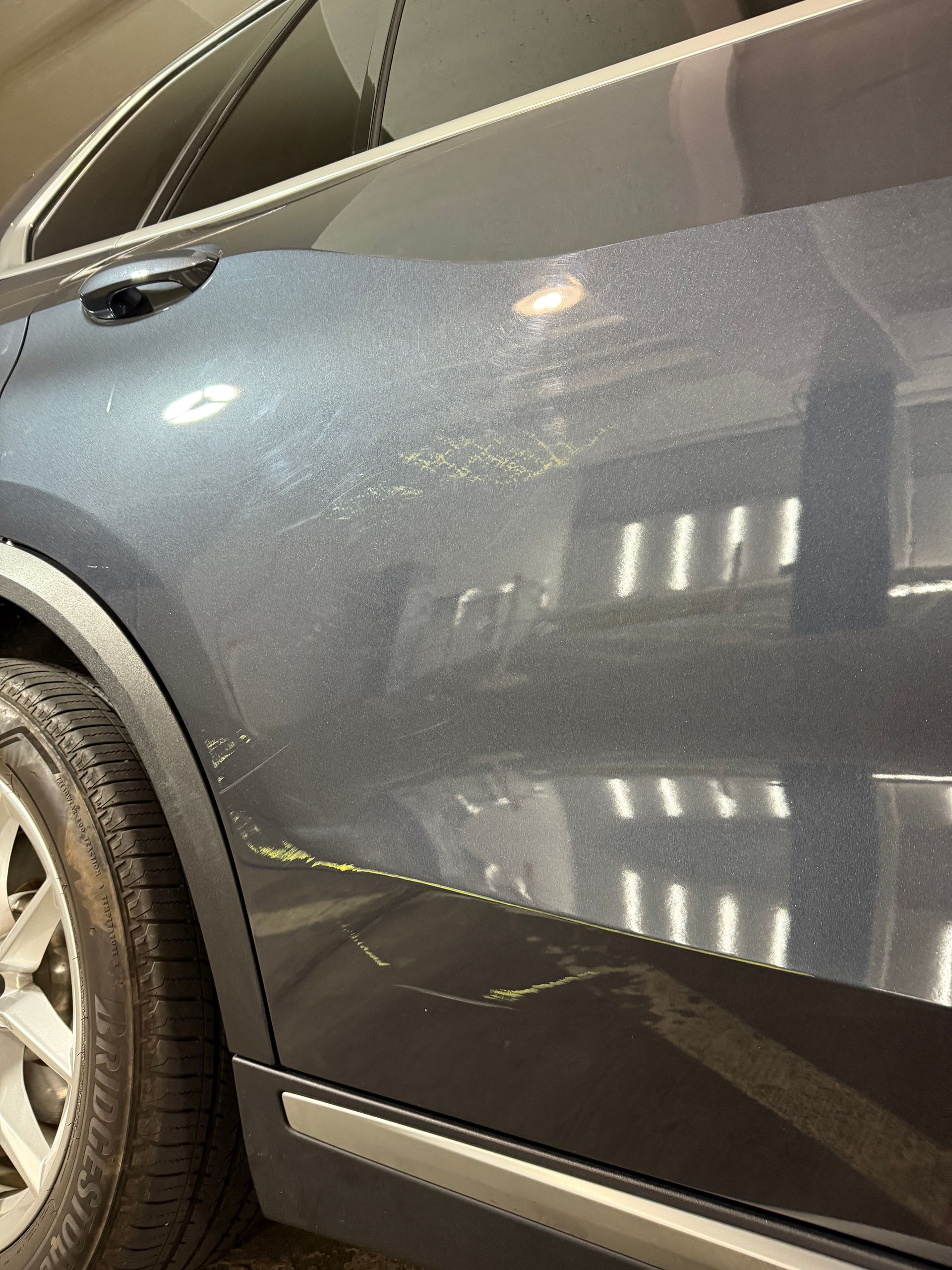Ancient Chinese potters develop first ceramic-like coatings for pottery protection. Practice spreads globally, including Japanese samurai sword coating.
The Evolution of Ceramic Coatings
February 10, 2025

Throughout human history, the quest to protect and preserve surfaces has driven remarkable innovation. What began with ancient Chinese potters developing protective ceramic coatings for their vessels has evolved into today's cutting-edge nanotechnology solutions. This journey spans more than four millennia, weaving through diverse cultures and technologies, from Japanese samurai swords to horse-drawn carriages, and ultimately to modern automotive and aerospace applications.
The story of surface protection is one of continuous innovation and adaptation. Each era brought new challenges and solutions, from the early enameling techniques of Ancient Greece and Rome to the revolutionary developments in the automotive industry during the 20th century. As we explore this fascinating timeline, we'll see how each advancement built upon previous discoveries, leading to the sophisticated ceramic coatings we use today.
This evolution represents more than just technological progress – it reflects humanity's persistent drive to protect and preserve our most valuable assets, whether they were ancient pottery, medieval weapons, or today's high-performance vehicles. Let's trace this remarkable journey from its ancient origins to the present day's advanced protective solutions.
Introduction of "enamel" coating for protecting metal objects, weapons, and armor from rust and corrosion.
German innovation: animal fat-based wax developed for protecting horse-drawn carriage lacquer.
Major innovations including Carnauba Wax (1910s), waterproof sandpaper (1920s), liquid auto polish (1930), and Turtle Wax (1940s).
Aerospace industry drives development of modern ceramic coating precursors using zirconia and alumina for spacecraft protection.
European car manufacturers introduce first clear-coat protective finish to automotive industry.
Ceramic coatings enter automotive industry, initially for high-performance engine protection.
Dr. David Ghoudossi founds Optimum Polymer Technologies, advancing protective polymers and auto paint formulations.
Introduction of nano ceramic coatings, revolutionizing paint protection with permanent bonding capabilities.
Advanced nanotechnology enables highly durable, resilient coatings used across automotive, marine, industrial, and aerospace sectors.








